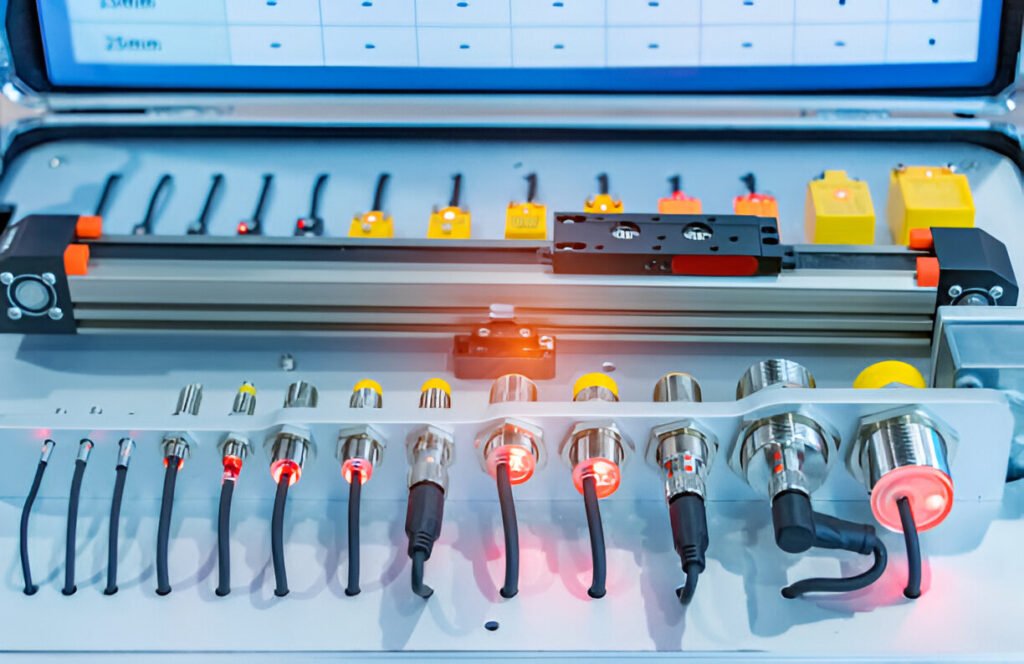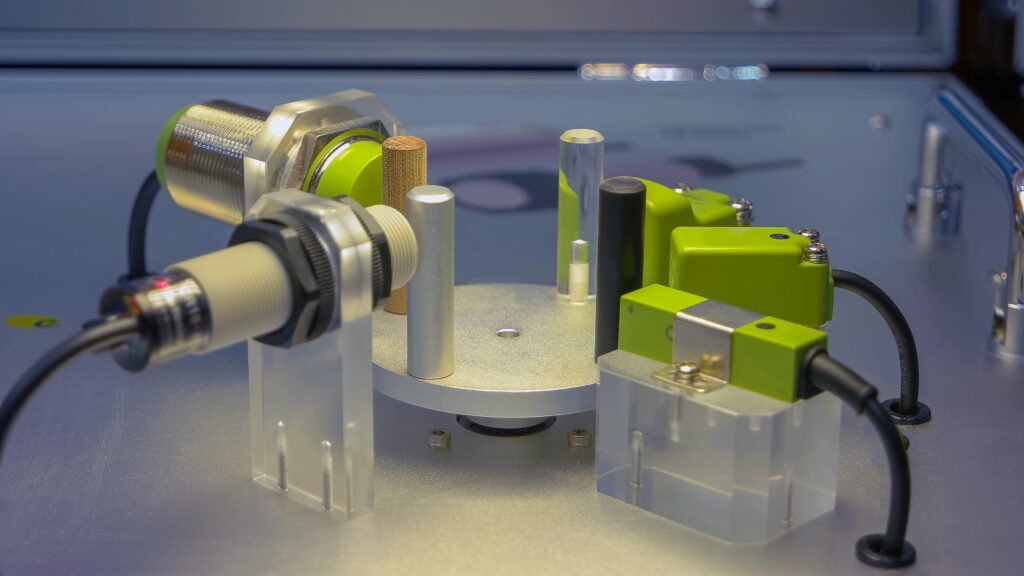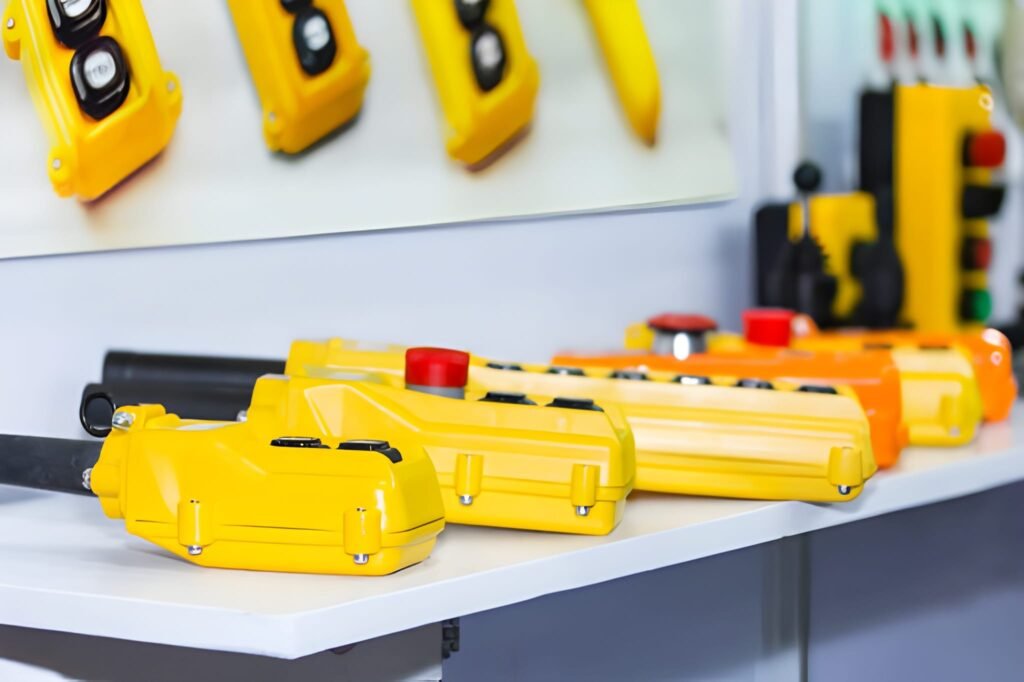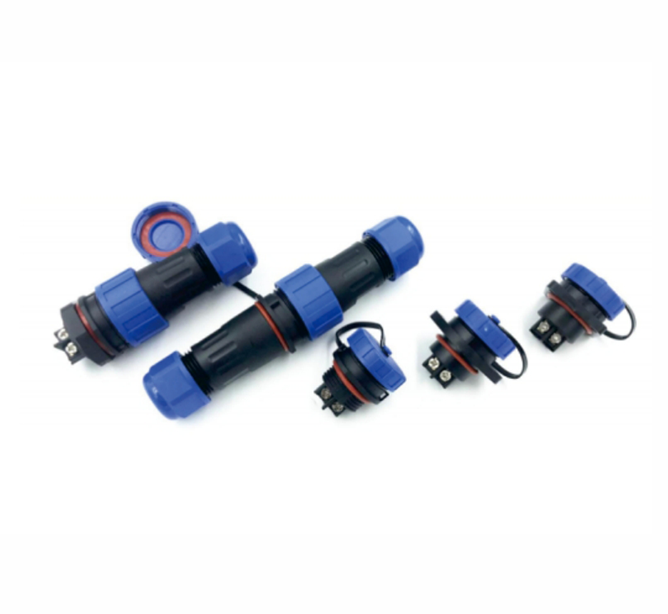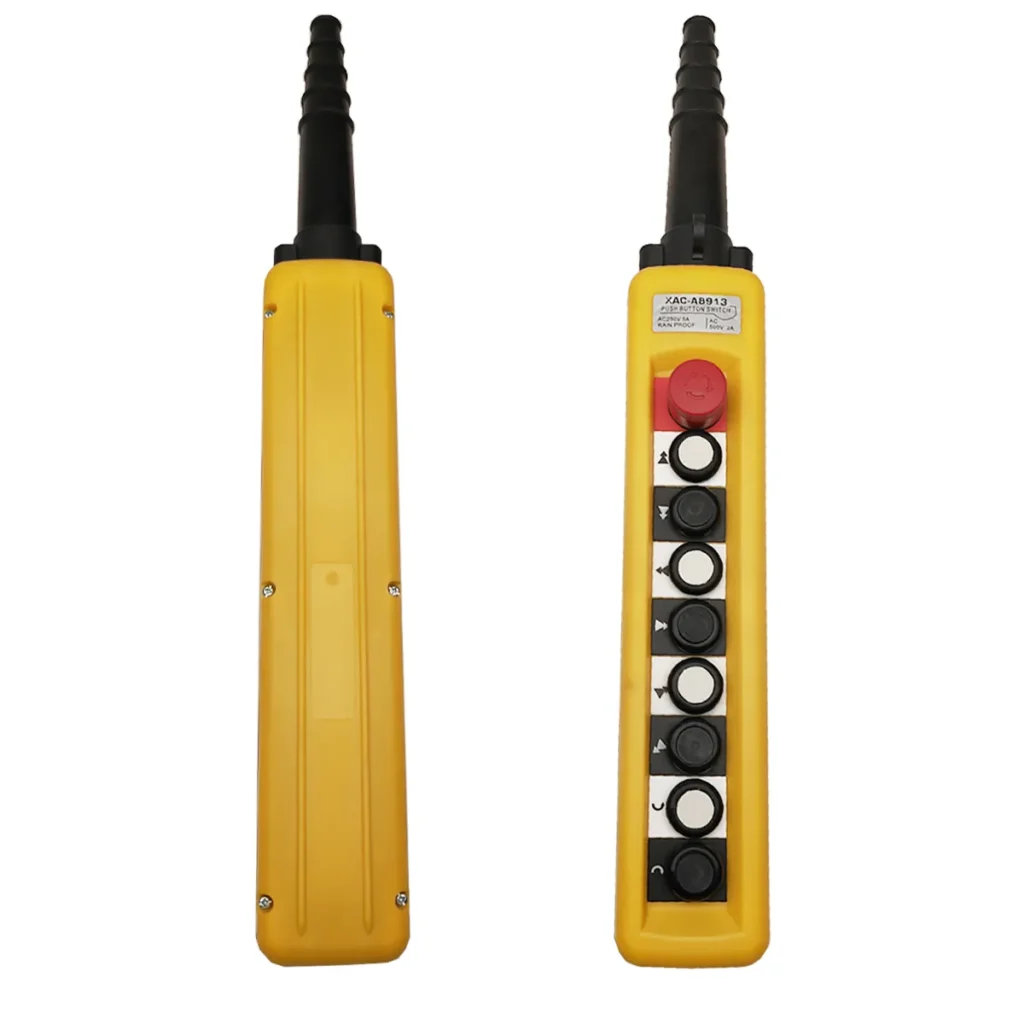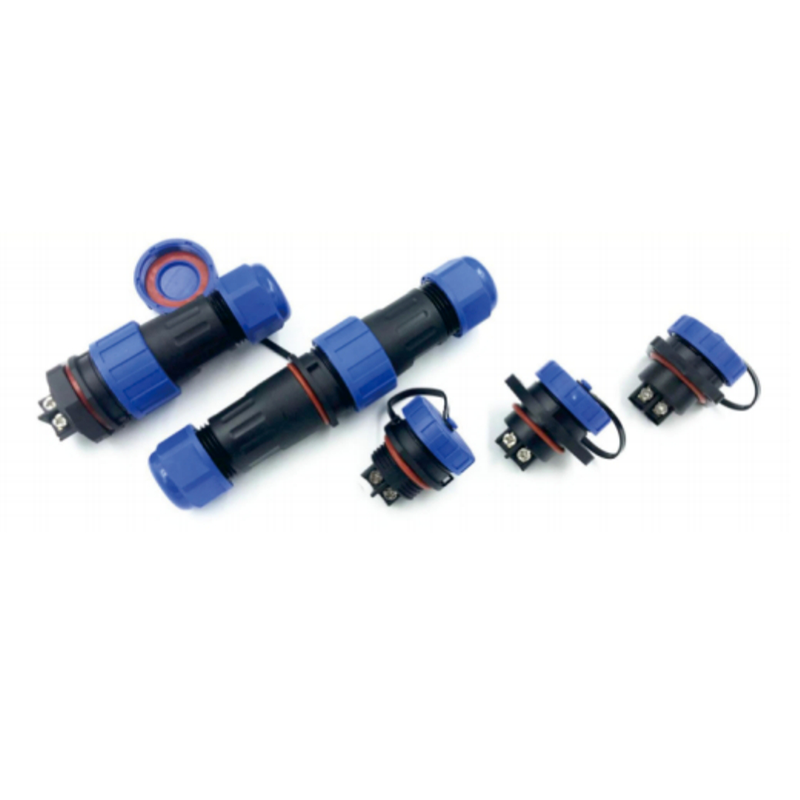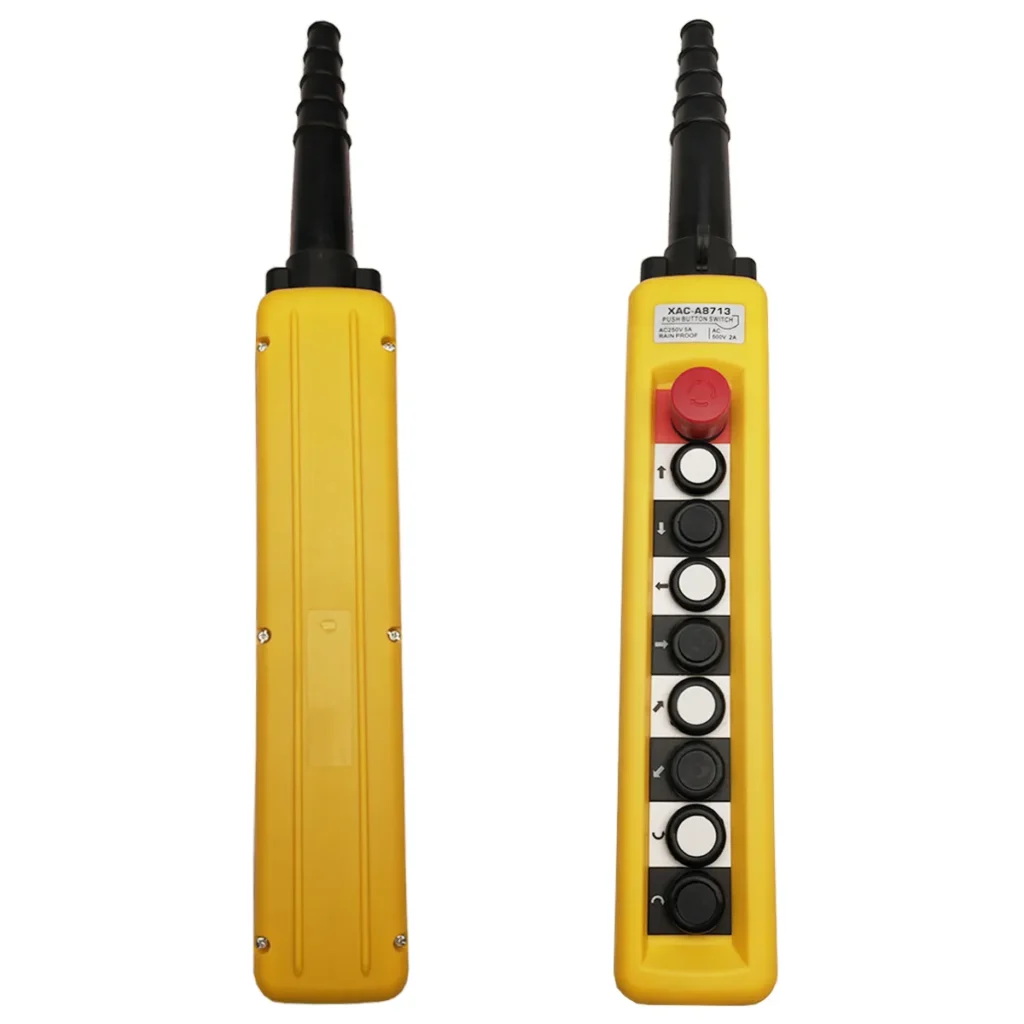Proximity switches are the unsung heroes of modern automation and industrial systems. They work silently, efficiently, and often go unnoticed—until something goes wrong. But what exactly are proximity switches, and why are they so important? In this comprehensive guide, we’ll dive deep into the world of proximity switches, exploring their types, applications, benefits, and much more. Whether you’re an engineer, a hobbyist, or just someone curious about how things work, this article is for you.
—
What is a Proximity Switch?
A proximity switch is a sensor that detects the presence or absence of an object without physical contact. Think of it as a silent sentinel, always on the lookout for objects within its range. These switches are widely used in industries, automotive systems, and even in your everyday gadgets.
But why are they called “proximity” switches? The term “proximity” refers to the sensor’s ability to detect objects that are nearby, usually within a few millimeters to several centimeters. Unlike mechanical switches that require physical contact, proximity switches operate using electromagnetic fields, capacitance, or light.
—
How Do Proximity Switches Work?
Proximity switches work on the principle of detecting changes in an electromagnetic field or other physical properties. For instance, an inductive proximity switch generates an electromagnetic field. When a metal object enters this field, it disrupts the field, triggering the switch.
Similarly, capacitive proximity switches detect changes in capacitance when an object enters their sensing range. Magnetic proximity switches, on the other hand, rely on magnetic fields to detect objects. Optical proximity switches use light beams to sense objects.
The beauty of these switches lies in their non-contact operation. This means less wear and tear, longer lifespan, and higher reliability compared to mechanical switches.
—
Types of Proximity Switches
Inductive Proximity Switches
Inductive proximity switches are the most common type. They detect metallic objects using electromagnetic fields. These switches are ideal for industrial environments where metal detection is crucial.
How They Work
When a metal object enters the electromagnetic field generated by the switch, it induces eddy currents in the object. This change in the field is detected by the switch, which then triggers an output signal.
Applications
– Detecting metal parts on conveyor belts
– Monitoring machine tool positions
– Counting metallic objects
—
Capacitive Proximity Switches
Capacitive proximity switches can detect both metallic and non-metallic objects. They work by measuring changes in capacitance when an object enters their sensing range.
How They Work
These switches generate an electrostatic field. When an object enters this field, it alters the capacitance, triggering the switch.
Applications
– Liquid level detection in tanks
– Detecting plastic or glass objects
– Food and beverage industry
—
Magnetic Proximity Switches
Magnetic proximity switches detect magnetic fields. They are often used in applications where reliability and durability are critical.
How They Work
These switches contain a reed switch or a Hall-effect sensor. When a magnet comes close, it triggers the switch.
Applications
– Door and window sensors in security systems
– Position sensing in automotive systems
– Robotics
—
Optical Proximity Switches
Optical proximity switches use light beams to detect objects. They are highly precise and can detect even the smallest objects.
How They Work
These switches emit a beam of light (usually infrared). When an object interrupts the beam, the switch is triggered.
Applications
– Object detection in packaging lines
– Counting small parts
– Robotics and automation
—
Applications of Proximity Switches
Industrial Automation
Proximity switches are the backbone of industrial automation. They ensure machines operate smoothly, detect faults, and improve efficiency.
Examples
– Detecting the position of robotic arms
– Monitoring conveyor belt movements
– Ensuring safety in hazardous environments
—
Automotive Industry
In the automotive industry, proximity switches are used for everything from parking sensors to engine management systems.
Examples
– Anti-lock braking systems (ABS)
– Gear position sensing
– Door and trunk sensors
—
Consumer Electronics
Proximity switches are also found in everyday gadgets like smartphones and tablets.
Examples
– Screen dimming during calls
– Automatic screen rotation
– Gesture recognition
—
Advantages of Using Proximity Switches
1. Non-Contact Operation: No physical contact means less wear and tear.
2. High Reliability: Fewer moving parts result in fewer failures.
3. Fast Response Time: Ideal for high-speed applications.
4. Durability: Resistant to dust, moisture, and harsh environments.
5. Versatility: Can detect a wide range of materials.
—
Limitations of Proximity Switches
1. Limited Sensing Range: Most proximity switches have a short detection range.
2. Material Sensitivity: Some switches only work with specific materials.
3. Cost: High-quality proximity switches can be expensive.
—
How to Choose the Right Proximity Switch
Choosing the right proximity switch depends on several factors:
1. Type of Object: Metallic, non-metallic, or magnetic?
2. Sensing Range: How close does the object need to be?
3. Environment: Will the switch be exposed to dust, moisture, or extreme temperatures?
4. Output Type: Do you need a digital or analog output?
—
Installation and Maintenance Tips
1. Proper Alignment: Ensure the switch is correctly aligned with the target object.
2. Regular Cleaning: Keep the sensor surface clean to avoid false triggers.
3. Check Wiring: Loose or damaged wires can cause malfunctions.
4. Environmental Protection: Use protective housings in harsh environments.
—
Future Trends in Proximity Switch Technology
1. Miniaturization: Smaller switches for compact devices.
2. Smart Sensors: Integration with IoT for real-time monitoring.
3. Enhanced Durability: Improved resistance to extreme conditions.
4. Energy Efficiency: Low-power designs for sustainable applications.
—
Conclusion
Proximity switches are indispensable in modern technology, from industrial automation to consumer electronics. Their non-contact operation, reliability, and versatility make them a preferred choice for countless applications. As technology advances, we can expect even more innovative uses for these remarkable devices.
—
FAQs
What is the difference between a proximity switch and a limit switch?
A proximity switch detects objects without physical contact, while a limit switch requires physical contact to operate.
Can proximity switches detect non-metallic objects?
Yes, capacitive proximity switches can detect non-metallic objects like plastic, glass, and liquids.
How do I know if my proximity switch is faulty?
Common signs include false triggers, no response, or inconsistent operation. Check the wiring and alignment first.
Are proximity switches waterproof?
Some proximity switches are designed to be waterproof or resistant to moisture, but not all. Check the specifications before use.
Can I use a proximity switch outdoors?
Yes, but ensure it is rated for outdoor use and protected from environmental factors like rain and dust.
—
And there you have it—a complete guide to proximity switches! Whether you’re troubleshooting, designing a new system, or just curious, this guide has you covered.


